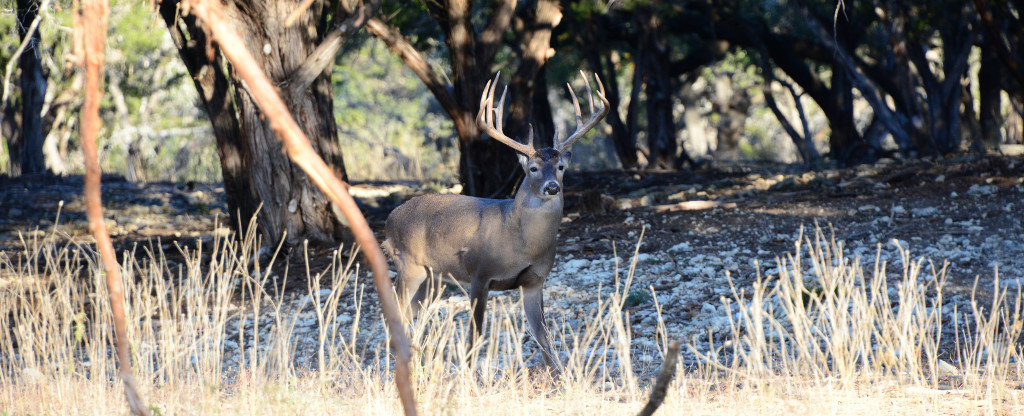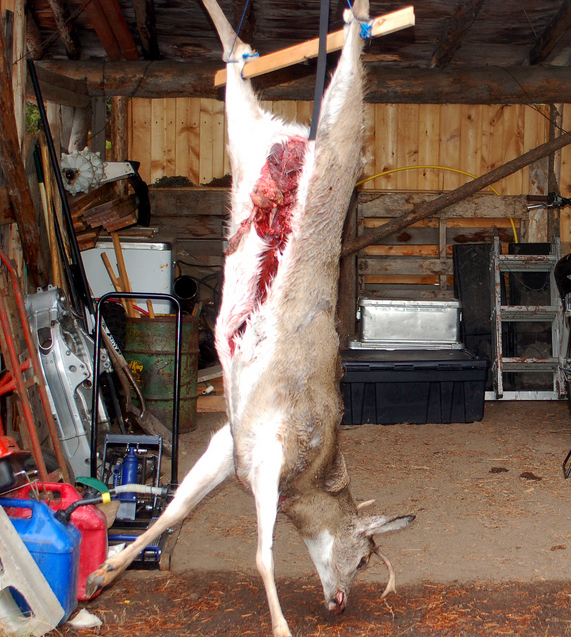So, I have a confession to make. For the majority of my life, I didn’t know what a pheasant was. I have never even seen one in real life until I moved to Bismarck, ND less than a year ago. In my defense, I grew up in Minnesota, and we don’t have pheasants. We did have partridges, which are in the same family, but I have never seen a real pheasant until I moved to western North Dakota.
Around here, the pheasants are everywhere. Literally. I almost hit them with my vehicle every day on my way to work. In fact, the receptionist where I work actually did hit one on her way to work one morning. She got to work and the grille on her Equinox was destroyed and the pheasant was still inside the grille! Anyways, because the pheasants are overpopulated around here, it makes sense that hunting them is pretty popular. If you have ever eaten pheasant, you would definitely know what all of the fuss is about.
If you haven’t been pheasant hunting before, and are interested in starting, you probably have a few questions. When do you go pheasant hunting? Where do you hunt them? How do you hunt them? With the following pheasant hunting tips and basics, I will hopefully be able to answer these questions for you, and then some
When Do You Pheasant Hunt?
Like it is with anything else, every state varies. You must always check your state’s specific regulations and seasons for hunting anything. Pheasant hunting is generally the same time for just about any state. It usually starts the second week in October, and lasts for about twelve weeks, ending at the beginning of January.
Pheasant hunting is the best in the early morning or later in the evening. This usually holds true for hunting most game. Early in the morning they are up and searching for food. During the day they tend to keep a low profile, coming back in the evening when they think all is clear.
Where Do You Pheasant Hunt?
There are a few different places you would find good luck hunting pheasants. Where you will find the best hunting depends on the time of the day and what the weather is like. The worse the weather is, the more cover the birds will find. Pheasants do not like wind, so when it is windy it can be very hard to find them.
Early in the morning, and again in the afternoon they will be easier to find because they will be hunting for food. According to the Minnesota DNR you should position yourself at the edge of a picked cornfield. Once they are done feeding, they will find cover until they need to eat again. They are most likely going to find cover in thick fields, heavy grasses, or by wetlands in the cattails. If you are covering a large area of land it is going to take quite a few of you to drive these birds out of cover.
How Do You Pheasant Hunt?
While every hunter has their own techniques, there are a few tips that hold true for everyone. We are going to go over a few key strategies when it comes to pheasant hunting.
#1 Use a hunting dog. This is a pretty important factor in pheasant hunting. If you are shooting many birds down in thick brush, you are almost definitely going to lose many of them. There’s no way you will be able to find every one of them without a dog. Some avid hunters swear by bird dogs.
#2 Be Quite. This goes for hunting just about anything. Pheasants are very wary of noises, and if they hear a loud noise and think danger is near they will not hesitate to leave. Always be quite, refrain from talking loudly within your group, and you will have more luck.
#3 Hunt in thick cover. Like I mentioned earlier, most of the day pheasants will be hiding in thick cover. You are more likely to find more birds hiding in thick cattails near water, or in CRP fields.
#4 Hunt in bad weather. I know, it doesn’t sound too enjoyable, but you are going to have way more luck in weather that is not so great. If it is very windy, the birds aren’t going to move as much, and they won’t be able to hear you coming. As long as you are still quite, any noise you do make is most likely going to get covered up by the wind and rustling of the brush. If it is snowing, they really aren’t going to be moving. They are going to be hiding in the cattails. If it has just snowed they can’t run on top of the snow, giving you an advantage.
#5 Walk. This tip comes right from the very avid pheasant hunter himself, my boyfriend. He says that he always has good luck when he walks a few steps, stops, and then starts walking again. He says that by the time you start walking again it is likely they will get scared and fly up, making it easy to spot and shoot them.
What Do You Do With A Pheasant After You Shoot It?
There are many different things you can do with a pheasant, it all depends on personal preference. Some of these ideas include:
 #1 Eat it! This one is obvious. Pheasant are great to eat. Our family favorite is to just cut the meat in small chunks, dip it in egg, coat with cajun Shore Lunch, and fry on the stove. Delicious! There are many different dishes you can make with pheasant. Pheasant can be compared to a very moist turkey.
#1 Eat it! This one is obvious. Pheasant are great to eat. Our family favorite is to just cut the meat in small chunks, dip it in egg, coat with cajun Shore Lunch, and fry on the stove. Delicious! There are many different dishes you can make with pheasant. Pheasant can be compared to a very moist turkey.
#2 Mount it. You can be like my boyfriend and get it mounted and hang it up right in the family room. But seriously, pheasants are very good looking birds, and some people do choose to mount them. Especially if you get a banded one, like the one in my living room, you probably want to keep it because that is pretty rare.
Well there you have it. Hopefully this gives you a little bit more insight on hunting pheasants. Have you ever gone pheasant hunting before? What techniques brought you more luck? If you have cooked pheasant, what is your favorite way to prepare it?
Images by Kev Chapman and Tony Smith




